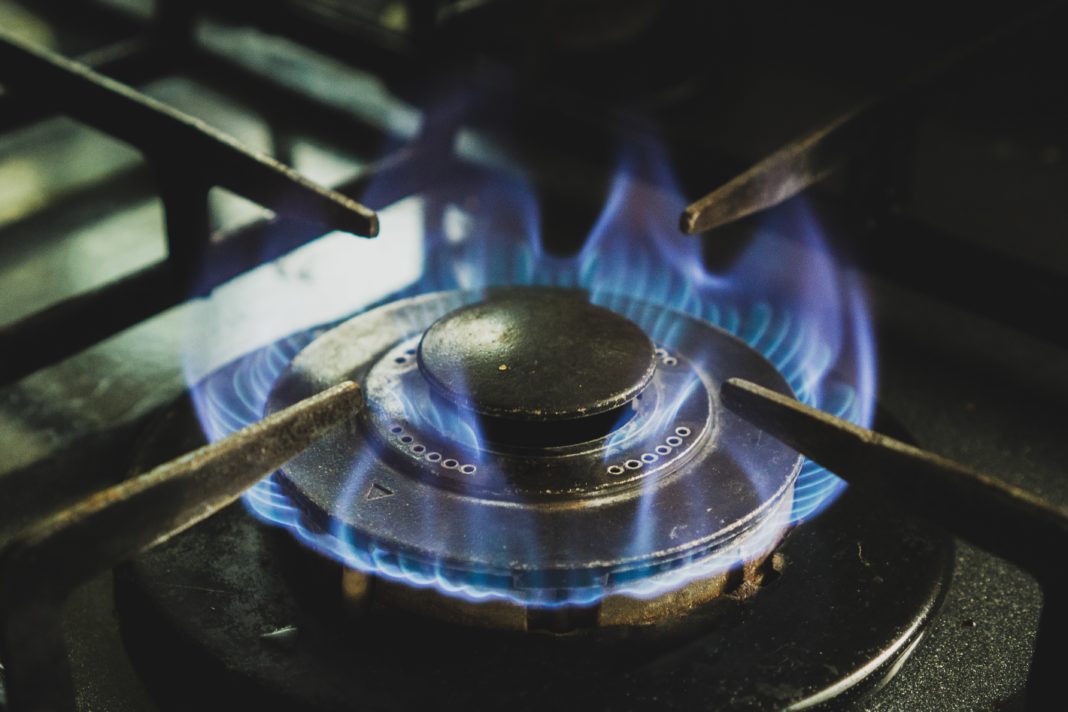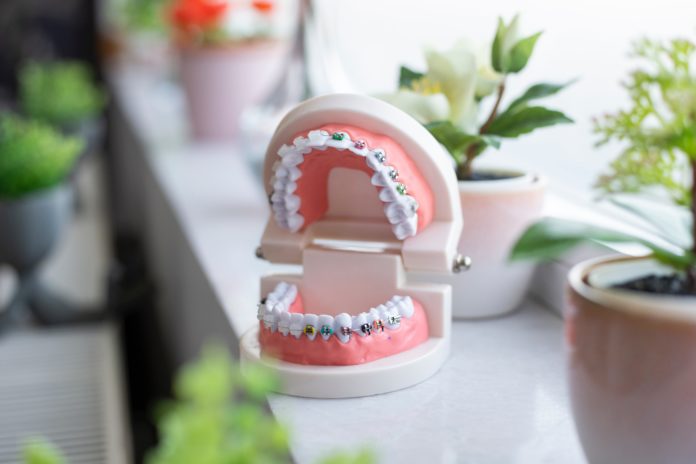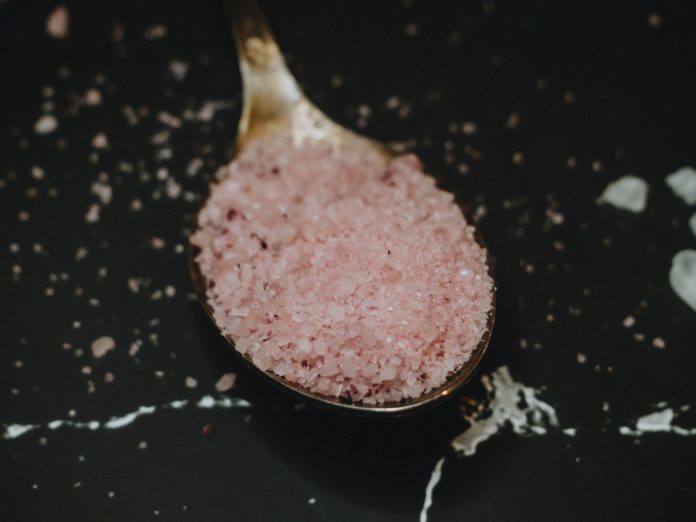“A toaster creates more pollution than a busy intersection”
That little tidbit made the rounds a few years ago, and no – it’s not always true. BUT…
It’s not totally false either.
According to a team of scientists, cooking with certain kitchen appliances may temporarily spike indoor air pollution levels higher than those found in the most polluted cities.
!!!!!
So do we have to live on takeout now? Raw meals only? Or are there ways to minimize these cooking-induced toxins?
Let’s investigate!
What We Know
Even before COVID-19 lockdowns, people spent nearly 90% of their days indoors.1
We constantly hear about the dangers of urban air pollution, but what about the air in our homes? Turns out, there’s very little science about what affects indoor air quality.
So a team of over 60 scientists from 13 universities set out to investigate – they created the Homechem Project.1
They outfitted a prefabricated house with everything you’d find in a basic kitchen – plus monitoring devices to collect air pollution data. Then they performed everyday tasks, such as toasting a slice of bread and cooking a stir-fry for lunch. For 4 weeks, they monitored the levels of three culprits behind poor air quality:1
- Oxidants: the primary driver of highly reactive compounds and chemical processes indoors.
- Volatile organic compounds (VOCs): a broad group of compounds that react with oxidants. VOCs are in everything from air fresheners and cleaning products to paint, beauty products, and indoor furnishings.
- Fine particulate matter: solids or liquids suspended in the air. These are emitted when you fry bacon, use a can of hairspray, or during a reaction between oxidants and VOCs.
All three of these have been linked to adverse health effects when inhaled. And based on the evidence, the researchers uncovered some scary things:
Gas stoves cook up toxins
Cooking on a gas stovetop generates twice as much particulate matter as cooking on electric!
This is because gas cooktops rely on direct combustion, which can raise air pollution levels to those considered “illegal” according to outdoor air quality standards.2
Gas cooking produces nitrogen oxide, nitrogen dioxide, carbon monoxide, and formaldehyde.3 Short-term exposure to these can exacerbate cardiovascular disease and respiratory problems (such as asthma).4,5 Long-term exposure can lead to cancer, diabetes, poor birth outcomes, premature mortality, and reduced cognitive performance in kids.5,6
Frying releases chemicals
Stir-frying and deep frying in oil or fat at high temperatures creates an array of unhealthy air pollutants.7
That’s because the oil emits high levels of polycyclic aromatic hydrocarbons (PAHs), which can cause eye and respiratory irritation.
Browning and burning food has risks too
The Maillard Reaction describes the delicious smells and flavors you get when browning food.
However, these same yummy compounds emitted as your steak sears and your bread toasts include brown carbon (a particulate matter) and VOCs from “incomplete combustion.”8
Ovens create off-the-charts fine particulate matter
Fine particulate matter from the oven can reach “very unhealthy” levels according to the EPA’s Air Quality Index.8
In fact, if outdoor levels were this high, a public alert would be issued to warn of potential dangers to your heart and lungs.
Just one day of cooking was found to create 285 micrograms per cubic meter of fine particulate matter. In comparison, New Delhi, India (the world’s most polluted capital city) hovers around 157 micrograms per cubic meter.9
When testing this, the Homechem Project team’s particle counter actually hit the instrument’s limit — it needed to be recalibrated to handle the higher concentrations found indoors!8
A Harvard biostatistician said, “Even short-term increases of just ten micrograms per cubic meter… will increase hospital admission rates and mortality” for people over 65.8
The “self-cleaner” function is even worse.7
Using this oven function, researchers noticed spikes in nitrogen dioxide, carbon monoxide, formaldehyde, and ultrafine particles, which are small enough to pass through our bloodstream.
As the heat burned off food debris, many noticed nose and throat irritation, headaches, fatigue, and nausea.
Some scientists believe ultrafine particles could even go from your nose directly to your brain (via the olfactory nerve).8
Indoor smog?
One instrument measured a highly reactive compound called the hydroxyl radical. Interestingly, this helps break down VOCs (a good thing!), but it can also react with nitrogen oxides to produce ozone (leading to smog).
But… to get smog, you need sunshine.
Then the researchers realized that the sunlight filtering through the windows was enough to react with the emissions from the gas stove. The net result was similar to what you’d find in an urban city on a smoggy day.8
Pretty alarming, right? However, simply measuring indoor chemical concentrations isn’t enough to determine how dangerous these might be to our health…
What We’re Still Learning
According to the researchers, the nature of airborne pollutants is complicated.
With so many different chemicals operating on their own and interacting together in all sorts of ways, it’s hard to put a concrete number on the risks.1 So really, the point of experiments like these is to start asking questions.
Despite strict guidelines for outdoor air pollution levels, indoor air pollution is largely unregulated. The EPA doesn’t even have indoor pollution standards. That’s why we need more studies to uncover what’s really going on here.
And luckily, these spikes in air pollution that the Homechem Project measured are only temporary. They reach peak levels during cooking (and self-cleaning), then dissipate.
So more likely than not, your indoor air wouldn’t be this polluted 24/7.
The Bottom Line
Even though cooking may cause temporary air pollution in your home, we need more scientific studies to determine exactly how this affects your health. The good news is that you can help minimize your cooking pollution (and potential risks) with a few easy, safe practices.
How do I get started?
| Toes In | |
| Waist Deep |
|
| Full Immersion |
|





